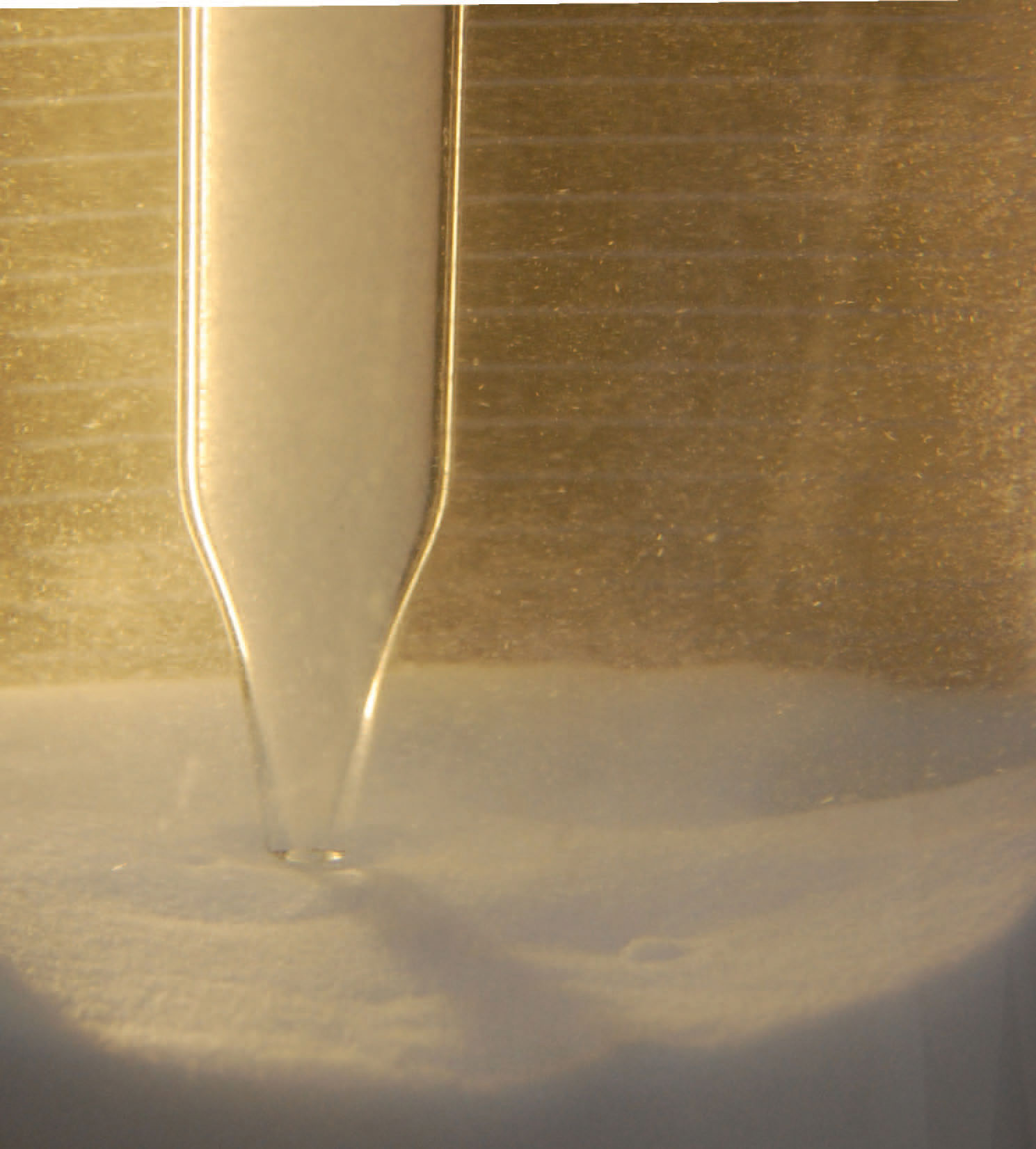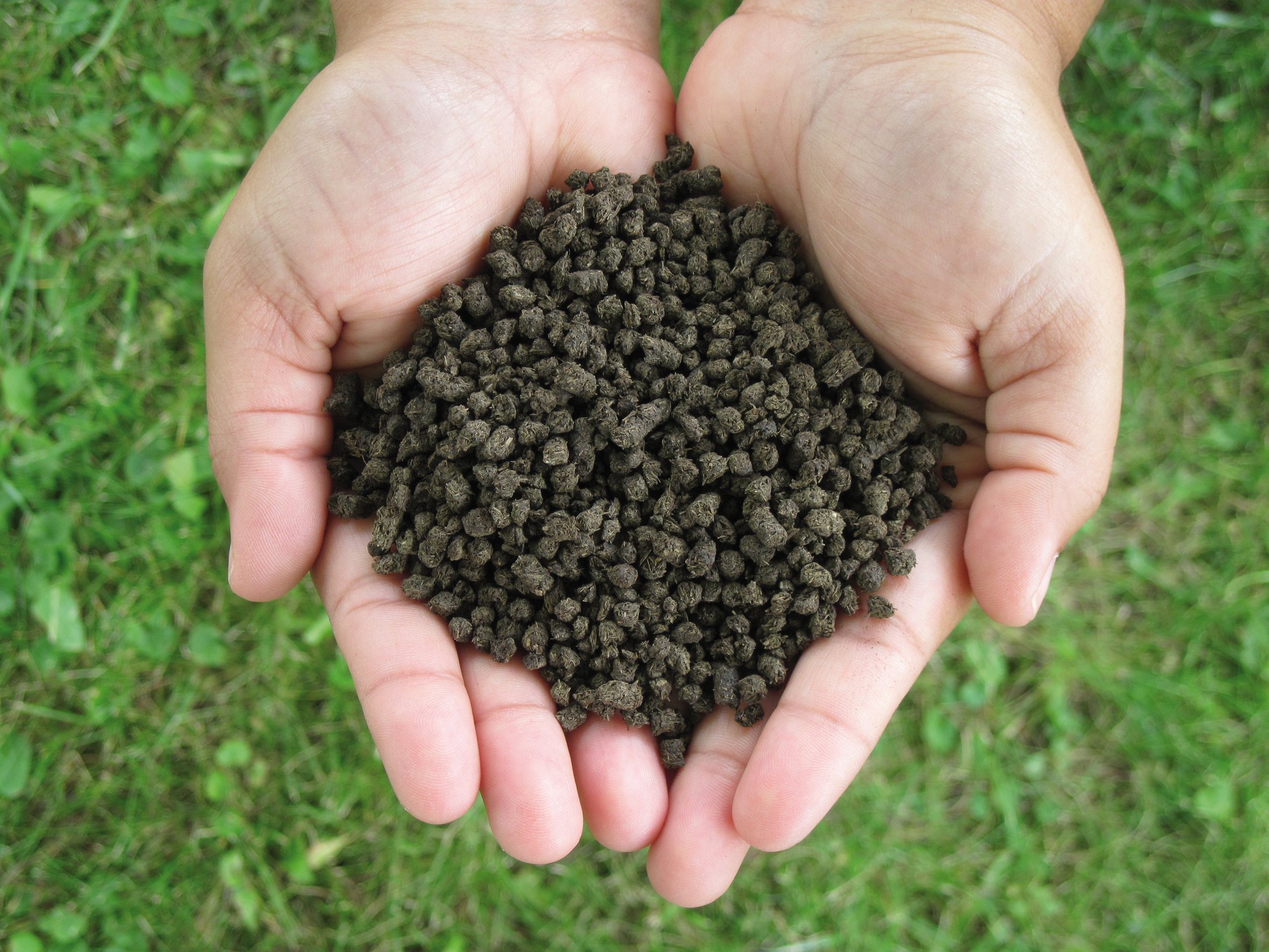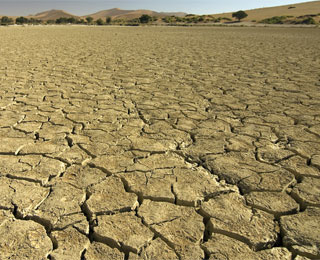Nutrients such as nitrogen, phosphorus, potassium, calcium and sulphur are essential for the growth of all living things, especially for plants. Therefore, nutrients are the main components of fertilizers and indispensable for global food production. Up to now, nutrients have only partially been managed in a closed cycle. Instead, they are removed from the agroecosystem when the plants are harvested. There is practically no recycling of nutrients via the residues of food production.
Sustainable resource management through nutrient recovery and recycling
The recovery of nutrients is essential for a sustainable economy. Fraunhofer IGB is therefore engaged in the development and implementation of sustainable, cost-efficient technologies and strategies for integrated resource management.
The focus is on the development of novel technologies for the recovery of nutrients from wastewater and organic residues. In recent years, we have characterized wastewater, liquid manure and fermentation residues as well as various other solid or liquid residues, investigated them with regard to the recovery of nutrients and successfully developed patented processes.
In our production processes, the nutrients are precipitated or pelletized in such a way that they can be marketed as a complete and specific product by industrial partners and used in various agricultural sectors. Fertilizers can be produced and marketed both in solid and liquid form. We offer the possibility to develop appropriate product formulations, produce sample quantities and characterize them accordingly.
 Fraunhofer Institute for Interfacial Engineering and Biotechnology IGB
Fraunhofer Institute for Interfacial Engineering and Biotechnology IGB


